RECOMMENDED NEWS
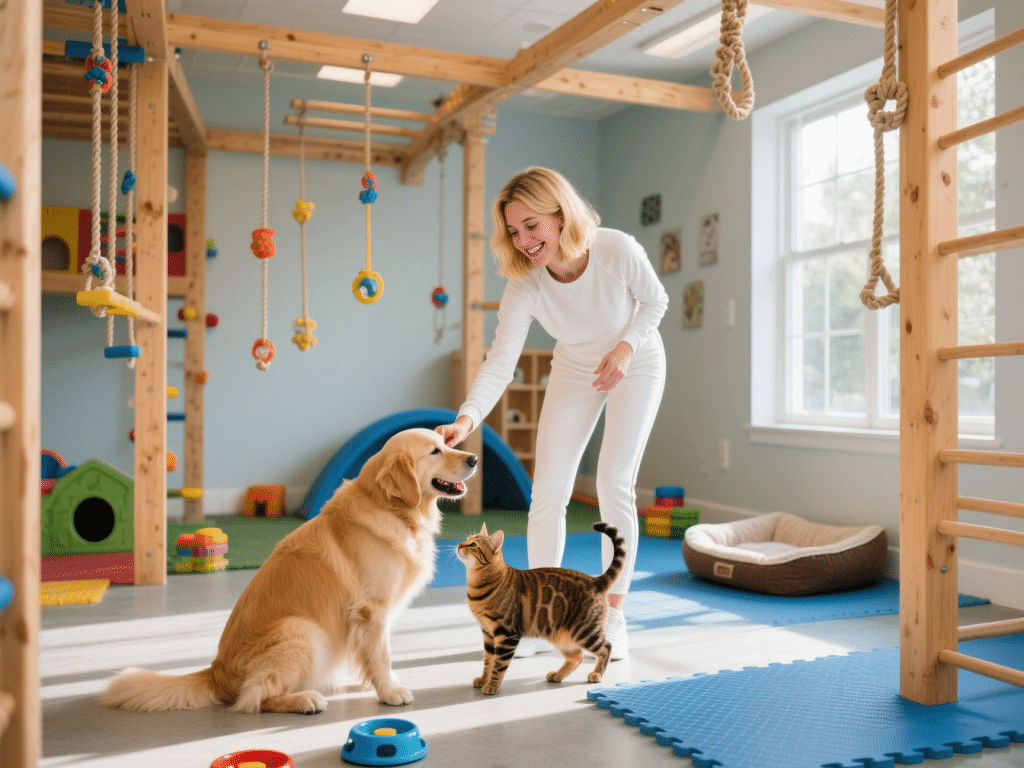
How to Set Up the Perfect Pet Play Area: Fun and Functional Ideas
Creating a specialized play haven for your beloved pets is more than just a luxury—it's a cruc...
Read More →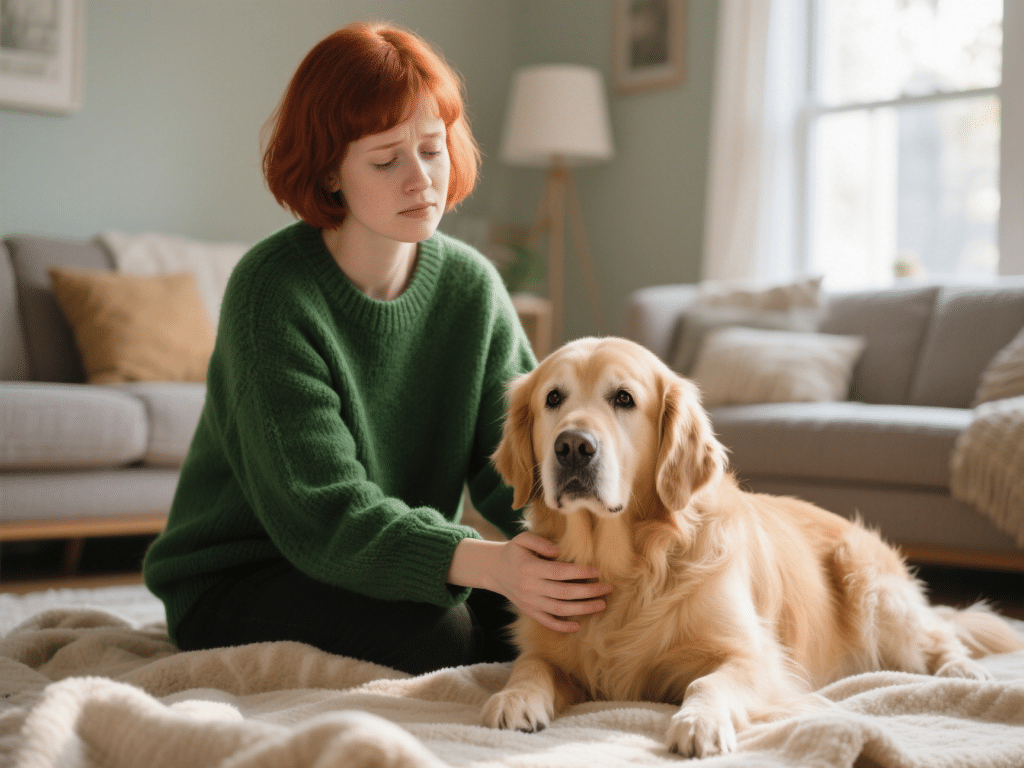
Understanding Pet Anxiety: How to Help Your Pet Feel Calm
Understanding Pet Anxiety: How to Help Your Pet Feel CalmWitnessing your beloved dog tremble during ...
Read More →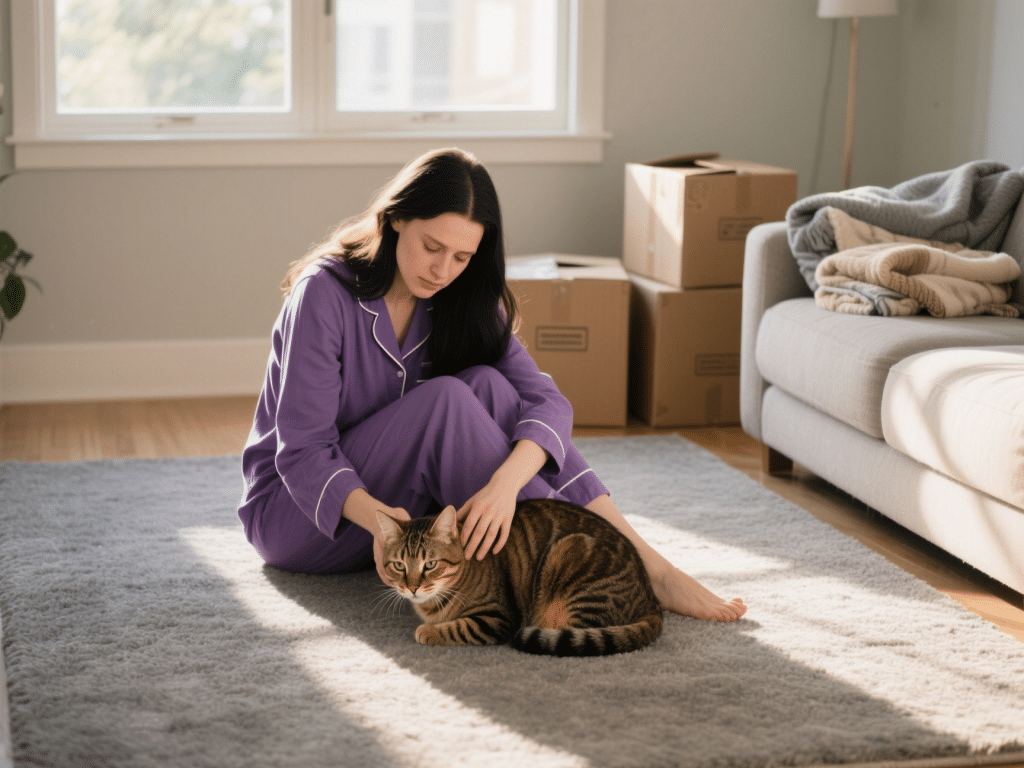
How to Help Your Pet Adjust to a New Home
Helping Your Pet Thrive in a New EnvironmentMoving homes is exciting yet stressful, especially for p...
Read More →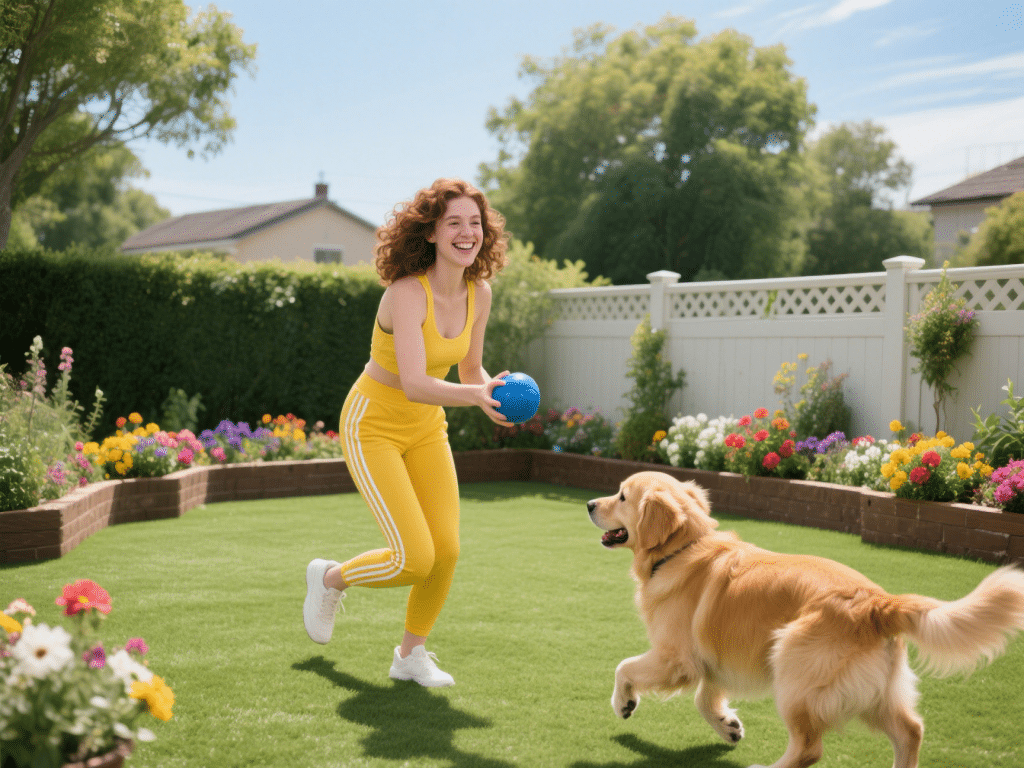
How to Build a Pet-Friendly Garden: Tips for a Safe Outdoor Space
Creating a Sanctuary: Your Pet-Friendly Garden BlueprintDesigning a garden that delights both you an...
Read More →
How to Choose the Best Pet Supplies: A Comprehensive Buyer’s Guide
How to Choose the Best Pet Supplies: A Comprehensive Buyer’s GuideNavigating the vast world of pet...
Read More →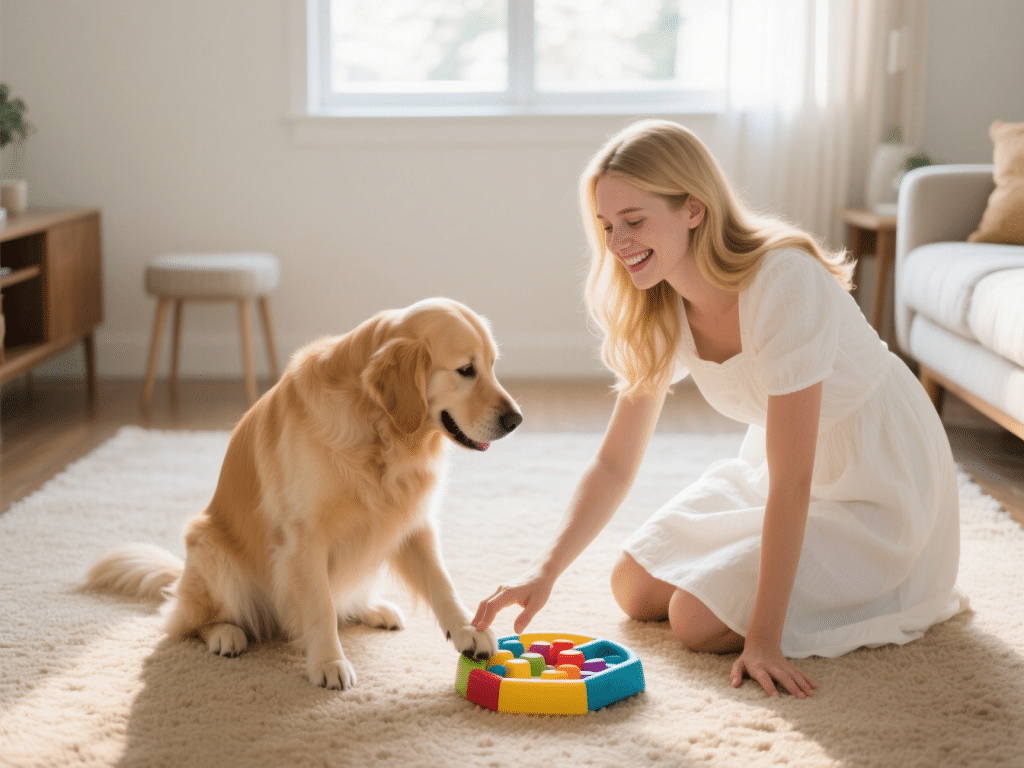
Pet Enrichment: Creating a Stimulating Environment for Your Pet
Beyond Basics: Why Pet Enrichment is EssentialEnrichment isn’t luxury; it’s fundamental to pet w...
Read More →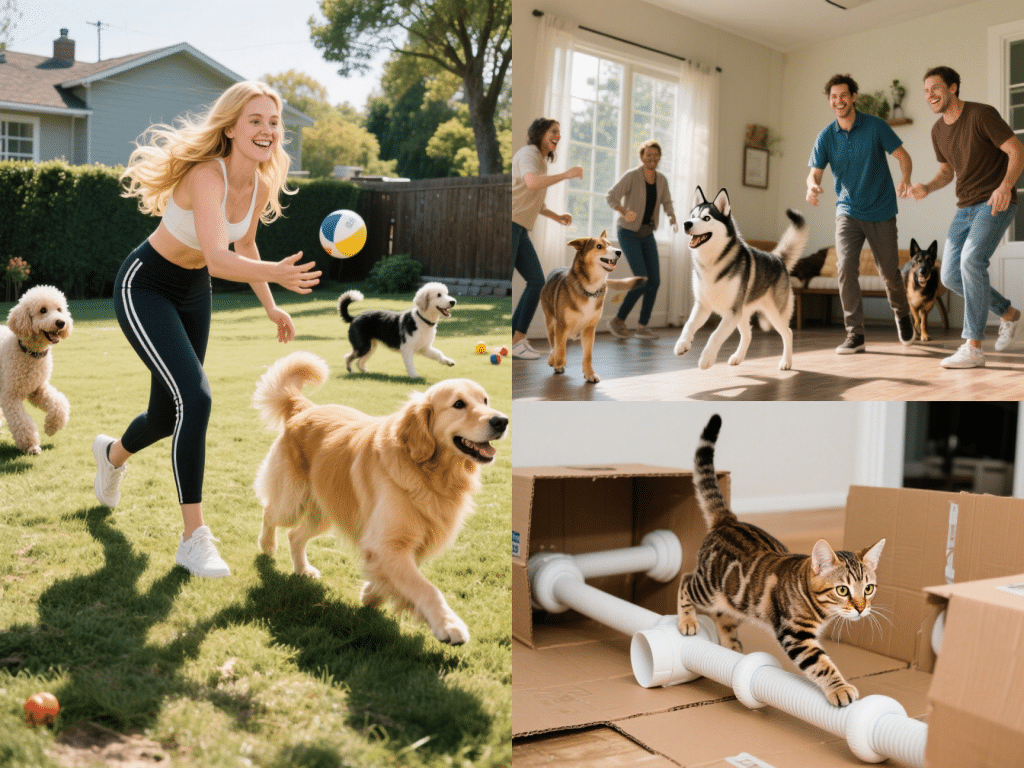
How to Keep Your Pet Active and Engaged: Fun Activities for Every Breed
Why Breed-Specific Activity MattersEvery pet has innate instincts shaped by their breed heritage. Ma...
Read More →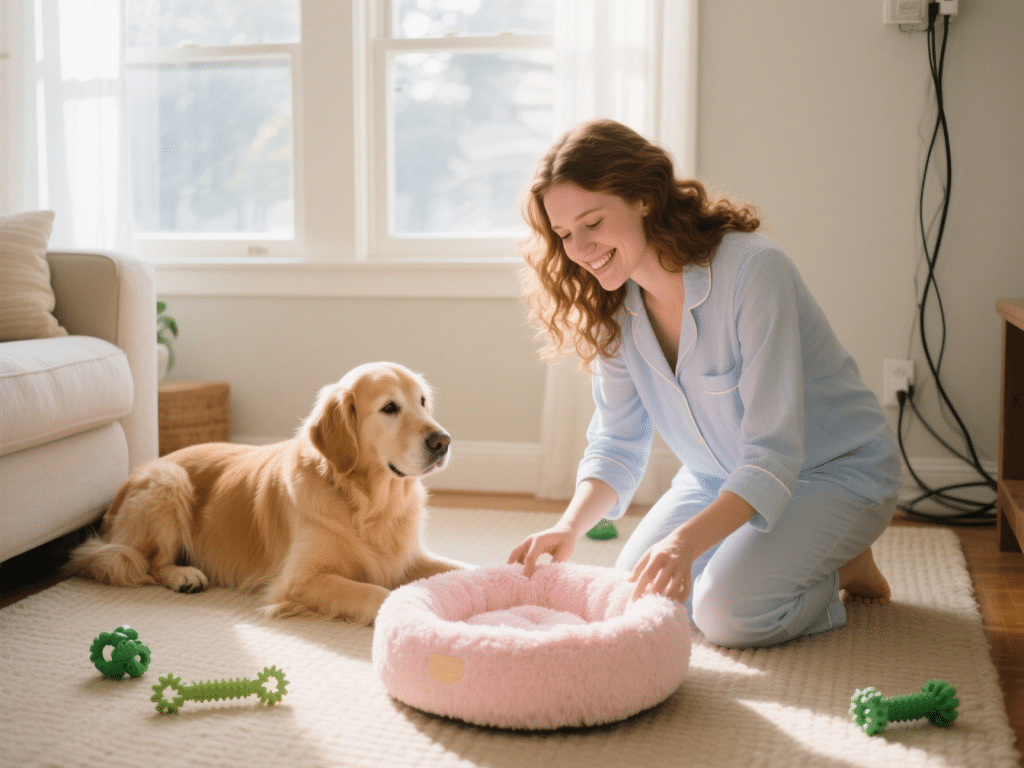
How to Create a Safe and Comfortable Home for Your Pet
How to Create a Safe and Comfortable Home for Your PetWelcoming a pet into your home is a joy, but t...
Read More →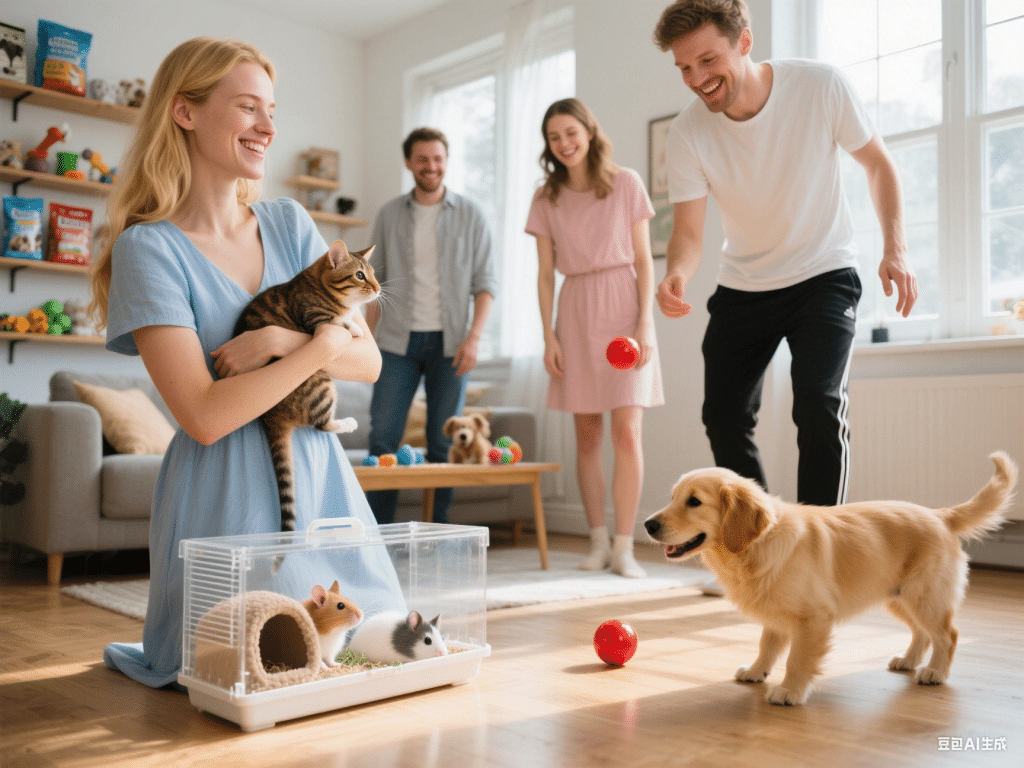
Essential Tips for First-Time Pet Owners: A Comprehensive Guide
Essential Tips for First-Time Pet Owners: A Comprehensive GuideBringing home your first pet is exhil...
Read More →
Comments on "The Importance of Regular Exercise for Pets: Benefits and Ideas" :